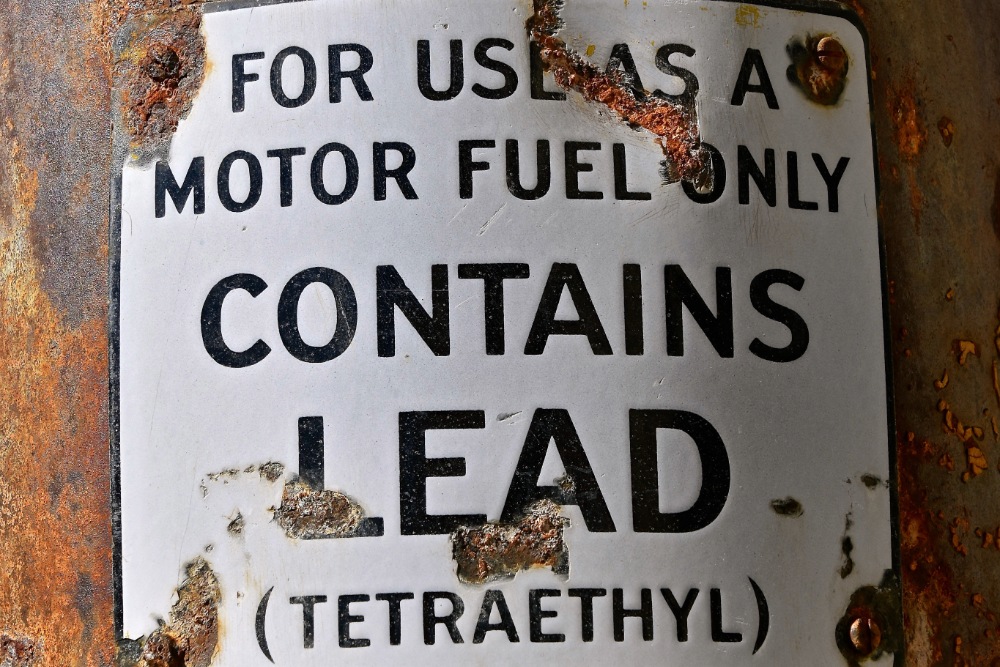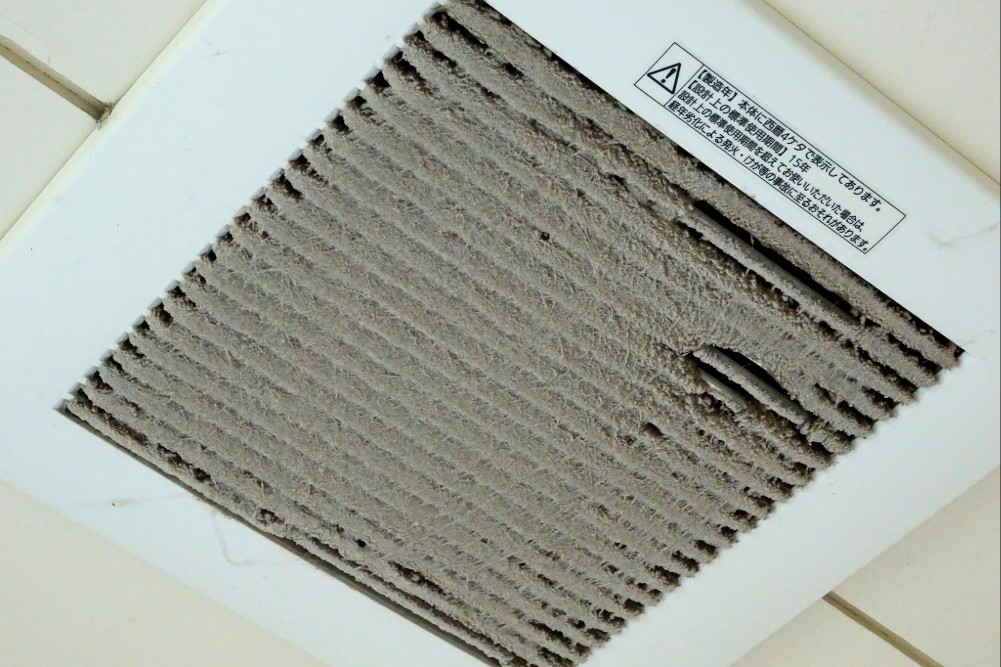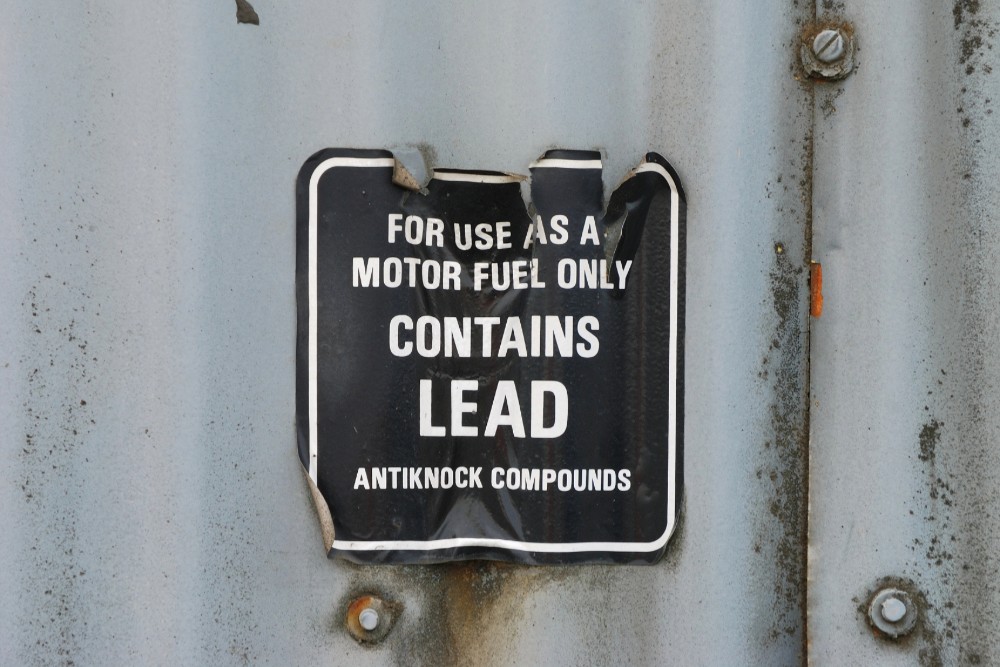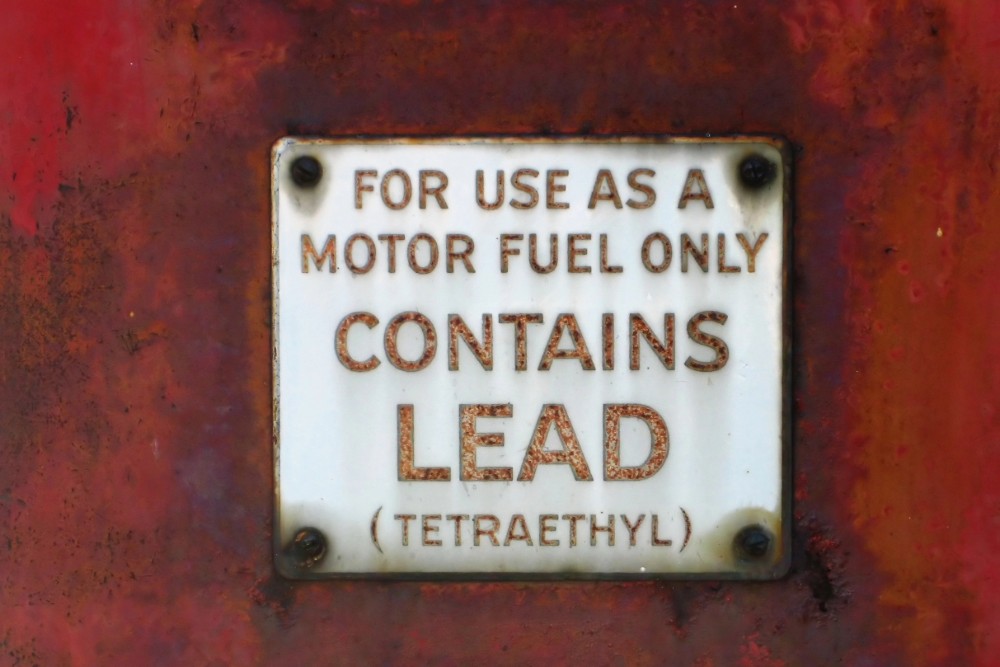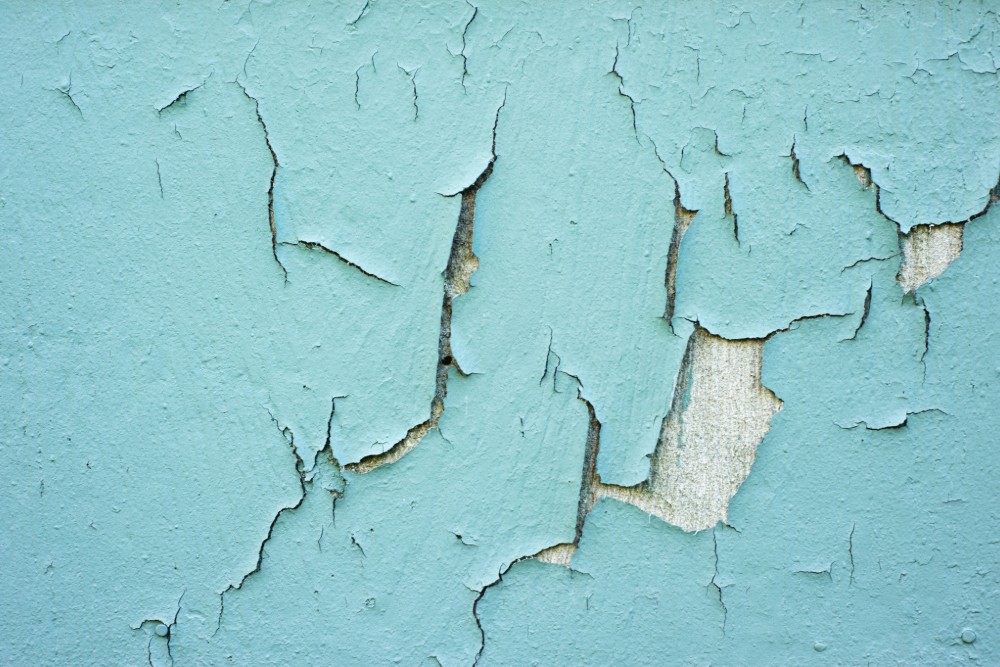Lead paint is one of those hidden hazards that can linger in older homes long after the last renovation. It might look harmless on the surface. However, when it peels or breaks down, it creates dust and chips that release toxic lead into the air and onto floors. Children often face the highest risks because […]
Read MoreMonth: October 2025
What Happens During An HVAC Mold Inspection
Homeowners often think of mold inspection as a search for stains on walls or musty odors in basements. In reality, the first signs of trouble usually appear inside the HVAC system. Moisture, condensation, and hidden dust colonies all leave clues that reveal mold long before it spreads across visible surfaces. An HVAC mold inspection brings […]
Read MoreNYC Lead Testing Requirements: A Quick Guide
Lead-based paint has been banned for decades. However, in New York City, the risks remain real. Many apartments and multifamily homes built before 1960 still contain lead. Peeling paint, window friction, or renovation work can spread hazardous dust. Children under six face the greatest danger because even small amounts of lead exposure can cause long-term developmental and […]
Read MoreHow Much Does Lead Testing Cost?
Across the United States, countless homes and buildings built before 1978 still carry a hidden risk: lead paint. This material, once commonly used in residential and commercial construction, can release toxic dust that endangers both children and adults. The question often comes up at the first sign of concern for families, landlords, and property managers: […]
Read MoreHow Long Does A Lead Inspection Take?
Peeling paint on a windowsill or cracked layers on an old doorframe may look like nothing more than routine maintenance. Yet, for homes built before 1978, those small details can conceal one of the most hazardous health hazards: lead. Families moving into an older property, landlords preparing for renovations, and buyers evaluating a historic home […]
Read More
